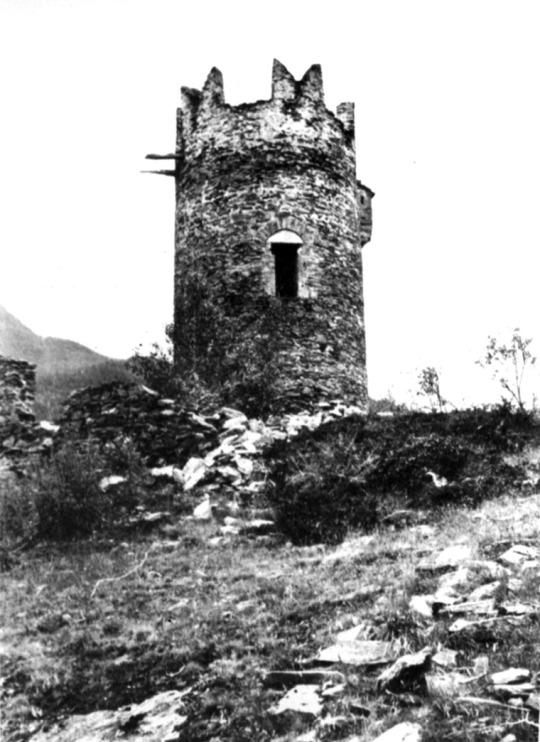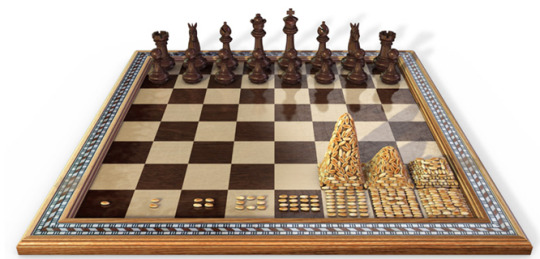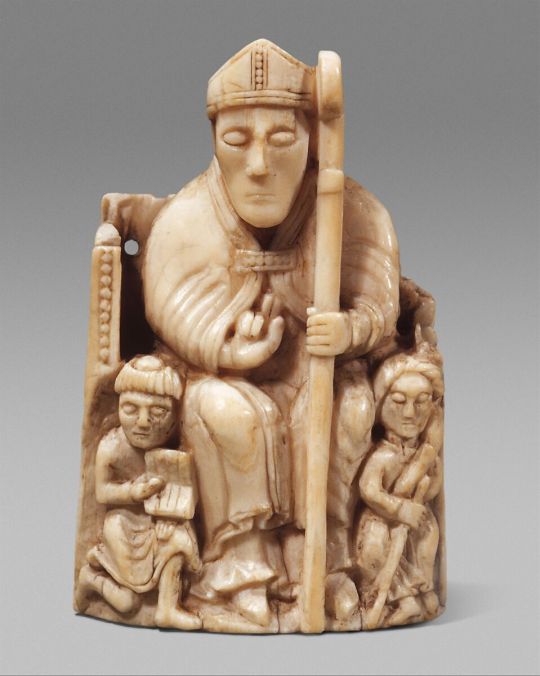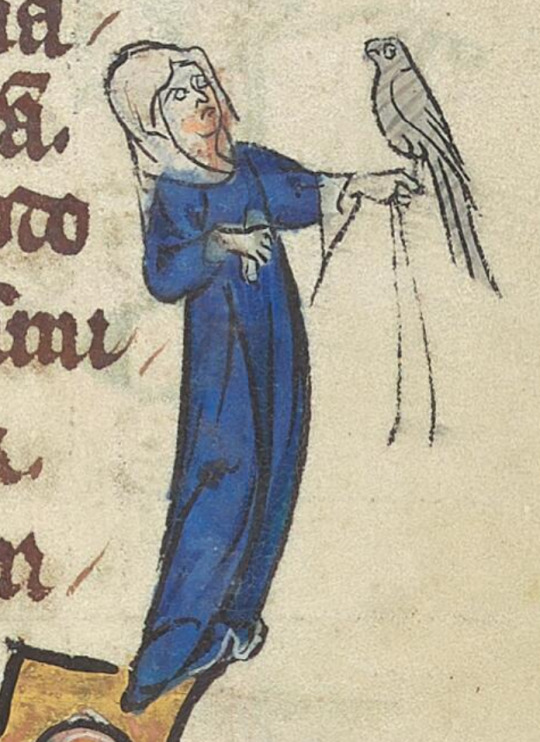Photo

Tomb Ornament dated between 1300-25 from Northern France on display at the Wallace Collection in London
Photographs taken by myself
98 notes
·
View notes
Text

Silver Coin from Winchester, England dated between 875 - 885 on display at Winchester Catherdral, England
This coin was excavated in the Cathedral Close and bears the head of Alfred the Great with the inscription +ÆLFREDREXSA+ which translates to Alfred, King of the Saxons. From 871 to 886 Alfred was King of the West Saxons, the Kingdom of Wessex. During this time of Alfred's reign the Vikings under Guthrum, later King of East Anglia (879 - 890?), Ivar the Boneless, Halfdan Ragnarson, Ubba and Bagsecg formed the Great Heathen Army and invaded much of England.
Photographs taken by myself 2023
114 notes
·
View notes
Photo

Gold Solidi dated around the 7th Century from the Eastern Roman Empire on display at the Manchester Museum
In the West, Barbarian tribes obtained Roman coins through subsidy, tribute and trade. Their first coins used the emperor’s name; as their independence grew, they named their own rulers on coins. In the East, the standards of the Byzantine empire, and its principal coin, the solidus, dominated the Mediterranean trade.
8 - Justinian I
9 - Heraclius
10 - Early portrait of Christ
26 notes
·
View notes
Photo

Medieval small badge of a knight.
England, c. 12th century
952 notes
·
View notes
Text

Carlo Nigra (1856-1942)
Arvier. Castello di Montmayeur
17 notes
·
View notes
Text
Index of Mini-Biographies -Ordered by name
1. Adela of Normandy letter (1109)
2. Adelaide del Vasto (c1075 – 1118)
3. Adeliza of Louvain (c1103 –1151)
4. Æthelburg, Queen of Wessex (c.673 – 740)
5. Agnes of Antioch (1154 – c.1184)
6. Agnes “Black Agnes” Randolph (c1312 – 1369)
7. Aliénor de Poitiers (c1445 – 1509)
8. Anna Porphyrogenita (963 – 1011)
9. Anne of Kiev (c1030 – 1075)
10. Beatriz “La Latina” Galindo (c1465 – 1534)
11. Bertha of Holland (c1055 – 1093)
12. Bertrade de Montfort (c1070 – 1117)
13. Börte Üjin, Mongol Khatun (c1161 – 1230)
14. Catherine of Siena, Saint (1347 – 1380)
15. Christine de Pizan (c1364 – 1430)
16. Clare of Assisi, Saint (1194 – 1253)
17. Clementia of Hungary (1293 – 1328)
18. Constance of Aragon (1179 – 1222)
19. Cymburgis of Masovia (1397 – 1429)
20. Dagmar of Bohemia (c1186 – 1212)
21. Dervorgilla at war (1315 – 1316)
22. Elizabeth Báthory (1560 – 1614)
23. Elizabeth of Hungary, Saint (1207 – 1231)
24. Elizabeth of Poland (1305 – 1380)
25. Elizabeth Richeza of Poland (1286 – 1335)
26. Emma of Normandy (c985 – 1052)
27. Fredegund, Queen Consort of Neustria (?-597)
28. Gisela of Swabia (c990 - 1043)
29. Hedwig Jagiellon (1457 – 1502)
30. Helena of Serbia (c1109 – c1146)
31. Inês de Castro (1325 – 1355)
32. Irene of Athens (c752 – 803)
33. Isabella MacDuff (c1285 – c1313)
34. Isabella of France (1295 – 1358)
35. Isabella of Hainault (1170 – 1190)
36. Isabella of Valois, child bride (1396)
37. Isabella of Villehardouin (c1263 – 1312)
38. Jeanne “the Hatchet” Laisné (1456 - Unknown)
39. Jeanne de Montbaston, her smutty art (1300’s)
40. Jelena of Bulgaria (c1310 - c.1376)
41. Joan of Acre (1272 - 1307)
42. Joan of Kent (1328 – 1385)
43. Joan, Lady of Wales (c1191 – 1237)
44. Joanna “la Flamme” of Flanders (c1295 – 1374)
45. Joanna I of Naples (1326 – 1382)
46. Judith of Brittany exhumation (982 – 1017)
47. Marfa Sobakina, Tzarina of Russia (1552 – 1571)
48. Margaret of Scotland, Saint (c1045 – 1093)
49. Margery Kempe (c1373 – 1438)
50. Marguerite Porete (Unknown – 1310)
51. Maria Angelina Doukaina Palaiologina (c1350 - 1394)
52. Marie de France (1100’s)
53. Matilda of England, Empress (1102 – 1167)
54. Matilda of Tuscany ‘love’ letter (1089)
55. Melisende of Jerusalem (1105 – 1161)
56. Nzinga of Ndongo and Matamba (c1583 – 1663)
57. Olga of Kiev (c890 - 969)
58. Rogneda of Polotsk (962 – 1002)
59. Sanchia of Provence (c1228 – 1261)
60. Shajar al-Durr, Sultana of Egypt (Unknown – 1257)
61. Sorghaghtani Beki (late 1100’s – 1252)
62. Tamar the Great of Georgia (1160 – 1213)
63. Theophanu, Holy Roman Empress (c955 – 991)
64. Trota of Salerno and women’s medicine (1100s)
N.B. There is a great deal of other work on this page (both mine and reblogged) about the daily lives, activities and representations of women in the medieval and early modern periods. This list is just to index the mini-bios that I have personally written so far. I have many fascinating women I intend to write about going forward but if you have suggestions please feel free to inbox me.
241 notes
·
View notes
Photo

According to 13th century sources Chess was invented by Sissa ben Dahir who was a vizier of a court of King Sirham . I guess most of us have heard what Dahir asked for his reward. At first it sounded rather modest request but in the end the king couldn’t keep his word. And that’s quite understandable since the total number of grains of wheat was rather absurd - 18 446 744 073 709 551 615 to be exact . That’s roughly 920 billion tons of wheat; in other words ca 1700 times global annual yield (1990s) :-)
source (numbers): Wikipedia
78 notes
·
View notes
Text

a royal baptism
illustration from a vita of mary magdalene, middle rhine, c. 1430-50
source: Berlin, SBB, Ms. germ. fol. 245, fol. 104r
118 notes
·
View notes
Text

Capital with Bust of the Archangel Michael
Byzantine, 1250–1300
This beautifully carved fragment was once part of the interior architecture of a church, perhaps placed at the top of a tomb niche or altar screen. Archangels were often portrayed, as here, in the ceremonial dress of the Byzantine emperor, the head of Christ's earthly court.
171 notes
·
View notes
Text

Bishop Chess Piece
Scandinavian
1150–1200
The Bishop was introduced to the European chessboard in the 12th century, replacing the elephant of Islamic tradition. The substitution of a man of the church for an animal used in battle may seem curious, but medieval bishops frequently served with armies. That role is not on display here: the smaller figures probably represent men who served the Bishop in ceremony. An official known as a Reader holds the Bishop’s book. He has been tonsured—his hair shaven in a circle at the crown of his head. The man holding a staff and cradling his ear may be the Precentor, who was in charge of the choir.
source
85 notes
·
View notes
Text

MET publications - Europe in the Middle Ages , vol. 3
* 174 pages
* pdf / read online
22 notes
·
View notes
Text

Romanesque door of St. Maria im Kapitol, Cologne
* oak and walnut
* 11th century
Cologne, November 2017
35 notes
·
View notes
Photo

Cathedral of Monreale, Sicily, Italy
1K notes
·
View notes
Text

Abraham's sacrifice of Isaac is halted by an angel. Fresco in St. Sofia Cathedral, Kyiv, Ukraine, painted ca. 1000.
253 notes
·
View notes
Text
A little manuscript in disarray: Add. 4085 (by Suzette van Haaren)

I am deeply enjoying the facial expressions on both woman and bird in this marginal drawing.
(Cambridge UL MS Add. 4085)
3K notes
·
View notes
Text

Silver Handpin from The Gaulcross Hoard, 5th or 6th Century CE, The National Museum of Scotland, Edinburgh
225 notes
·
View notes
